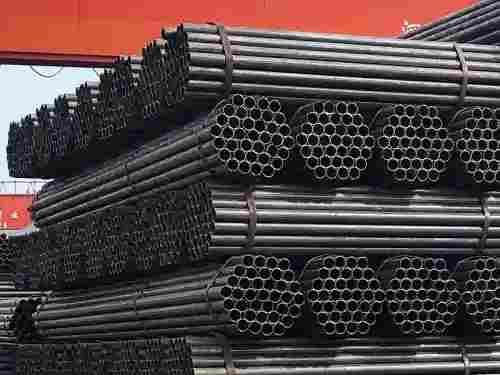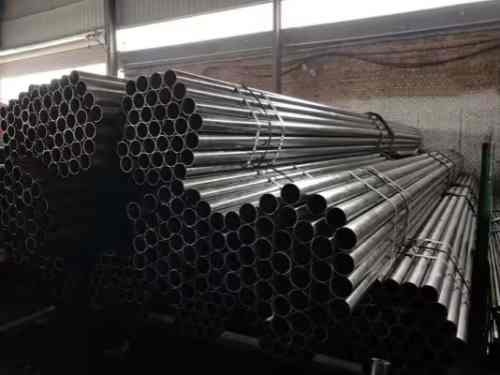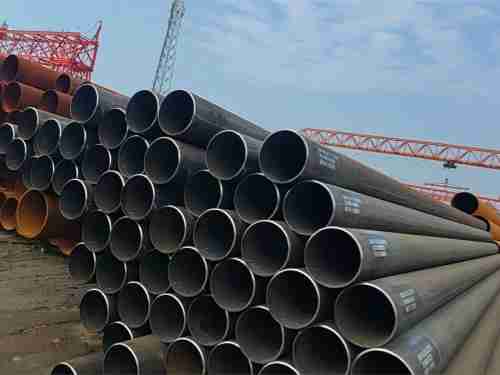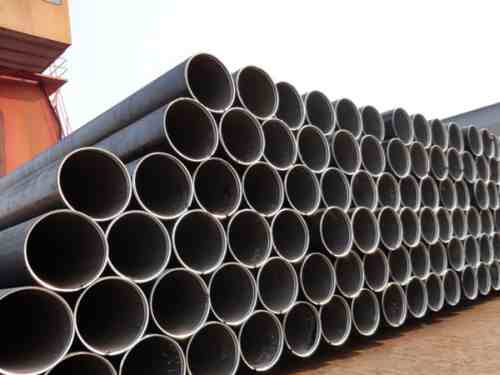The weight calculation method for oil and casing involves the size and material of the pipe. Here are the general calculation methods and some factors that affect weight:
Calculation method of oil casing weight:
- Line density method:
The weight of oil casing can be obtained by multiplying the linear density (mass per meter or foot) and length of oil casing.
formula: Weight=Linear Density×Length
- Cross-sectional area method:
- The cross-sectional area of the oil casing can be calculated from the outer diameter and wall thickness of the oil casing.
- Oil casing cross-sectional area formula:Sectional Area=4π×(Outer Diameter2−Inner Diameter2)
- The weight of oil casing can be obtained by multiplying the cross-sectional area by the length and the material density.
- formula:Weight=Sectional Area×Length×Material Density
Factors affecting the weight of oil casing:
- Oil casing size:
The outer diameter, inner diameter and wall thickness of oil casing are key parameters for calculating weight. Larger diameter and thicker walls result in greater weight.
- Oil casing length:
The length of oil casing directly affects its total weight. Longer oil casing will have more weight.
- Oil casing material density:
Oil casing is usually made of different materials, and different materials have different densities. Common oil casing materials include carbon steel, alloy steel, etc.
- Grades and specifications of oil casing:
Oil casing is divided into different grades and specifications according to API (American Petroleum Institute) standards. Different grades and specifications of oil casing may have different wall thicknesses and diameters, affecting their weight.
- Additional processing and coating:
If the oil casing undergoes additional processing or coating, this will also increase its weight. For example, anti-corrosion coatings or insulation layers can increase the weight of oil casing.

 English
English Español
Español











